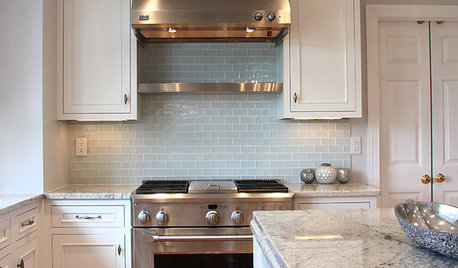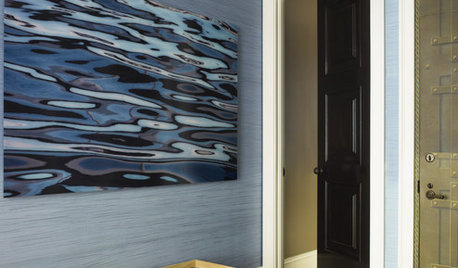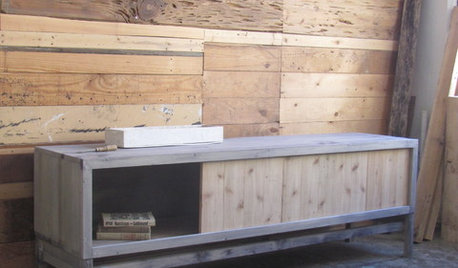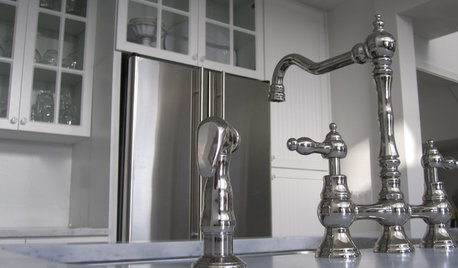Favorite Finishes
lamalu
16 years ago
Related Stories

ACCESSORIESStyling Basics: 8 Favorite Accessories to Finish Your Space
Here's how to use these simple items to take your room to the next level
Full Story
MATERIALSWoodipedia: Walnut Wows in Traditional and Modern Settings
With its rich color and lustrous polished finish, walnut is a favorite wood for all kinds of millwork
Full Story
HOUZZ TOURSHouzz Tour: Sophisticated Family-Friendly Flat
San Francisco home blends versatility and portability with favorite colors and childproof finishes
Full Story
KITCHEN DESIGN5 Favorite Granites for Gorgeous Kitchen Countertops
See granite types from white to black in action, and learn which cabinet finishes and fixture materials pair best with each
Full Story
DECORATING GUIDESStripe It Rich With a Strié Finish
Let the striations of this traditional technique bring luxurious depth and richness to your walls, finishes and upholstery fabrics
Full Story
ACCESSORIESFinish Your Look With a Fun Mix of Textiles
Why box yourself into a design corner when you can spread out ever-changing throws, rugs and even bags?
Full Story
FURNITUREDesign Methods: Finishing Furniture and Fabric With Tea
Brooklyn designers create rustic-modern look with an old-fashioned brew
Full Story
DECORATING GUIDESFinish Rooms the Elegant Way With Marquetry Furniture
Go all-out fancy or subtly refined. With endless inlaid patterns to choose from, the level of artistry is up to you
Full Story
BATHROOM DESIGNA Crash Course in Bathroom Faucet Finishes
Learn the pros and cons of 9 popular faucet finishes
Full StoryMore Discussions









bobismyuncle
lamaluOriginal Author
Related Professionals
Harrison Cabinets & Cabinetry · Lebanon Carpenters · McHenry Carpenters · Tustin Carpenters · Cambridge Flooring Contractors · Homestead Flooring Contractors · Sarasota Flooring Contractors · Severna Park Flooring Contractors · Suitland Flooring Contractors · West Islip Flooring Contractors · Mansfield Furniture & Accessories · Medford Furniture & Accessories · Santa Barbara Furniture & Accessories · La Mirada Furniture & Accessories · Potomac Furniture & Accessoriesbobismyuncle